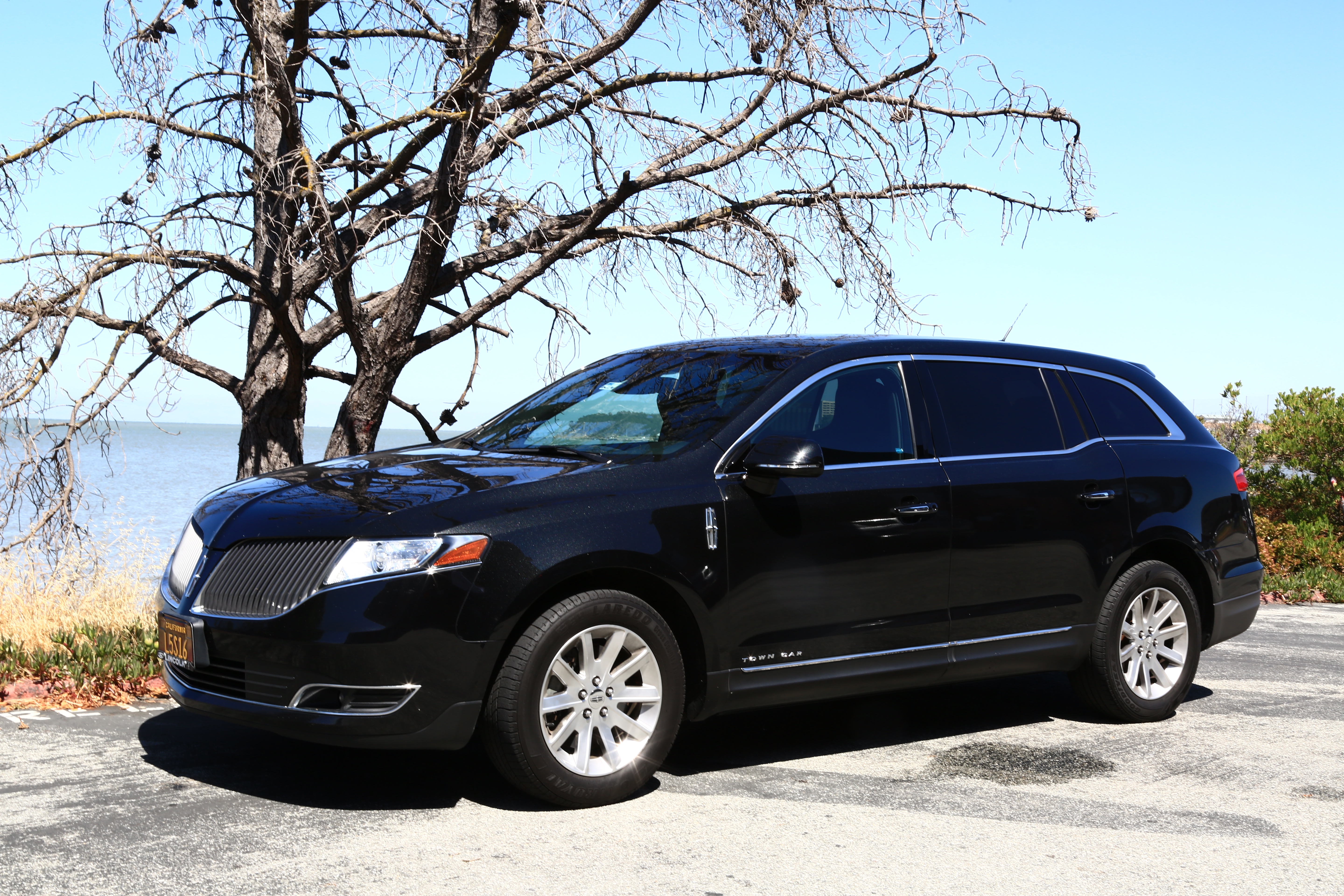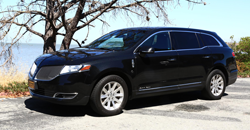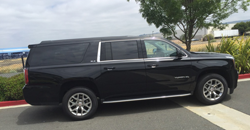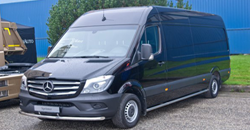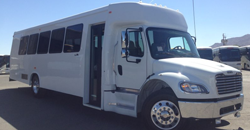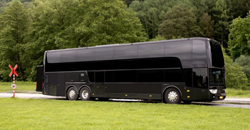Michael Schwartz sets a report which is 700-pages long and several inches thick. He has posted a photo series showing his newborn son alongside the report on the door of his office at the San Francisco County Transportation Authority. The photo series is titled "BRT Baby"and is not immediately clear whether the name refers to the child or the report.
The report is about environment impact from a bus-rapid transit line that will run two miles down Van Ness Avenue in downtown San Francisco. Now passengers will board from a central median and travel in an exclusive lane with traffic signal priority. Schwartz said, “It's sort of the first of its kind to say, we're doing full-feature BRT in a dense urban right-of-way with cross-streets. The line will anchor a $126 million street upgrade”.
San Francisco has been waiting for Van Ness BRT a long time. This project is pushed back for countless reasons and understanding of the delay requires a quick primer on the California Environmental Quality Act. As per the latest timeline, BRT is beginning its operations in 2018: a full decade and a half after the Prop K vote. Under CEQA, the projects like Van Ness BRT are analyzed for their impact on 18 areas of life: air quality, water quality, noise, and so on.
If a project has no negative impact on any area then its leader can prepare a short report. If a negative impact is unavoidable then project leader must prepare a long report which includes a plan to offset the damage. And if the impact is unavoidable and can’t be offset then the leader must prepare a full environmental report like Schwartz’s report.
Schwartz’s report is all about the unavoidable and unchangeable impact of traffic related to Van Ness BRT project. In other words, Van Ness BRT required all the trouble of preparing this massive report because, in California, public transit is considered a greater enemy to the environment than car travel.



